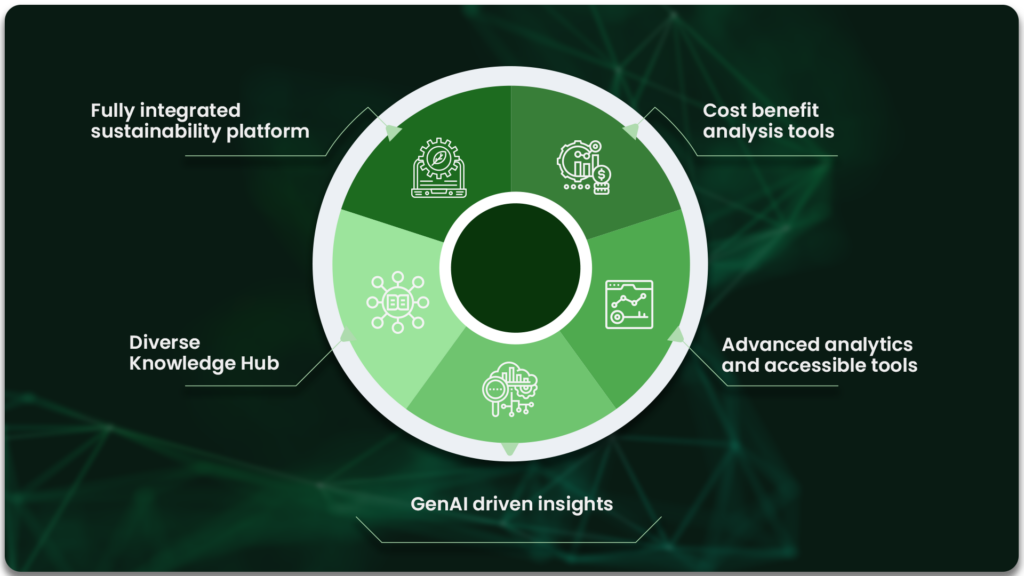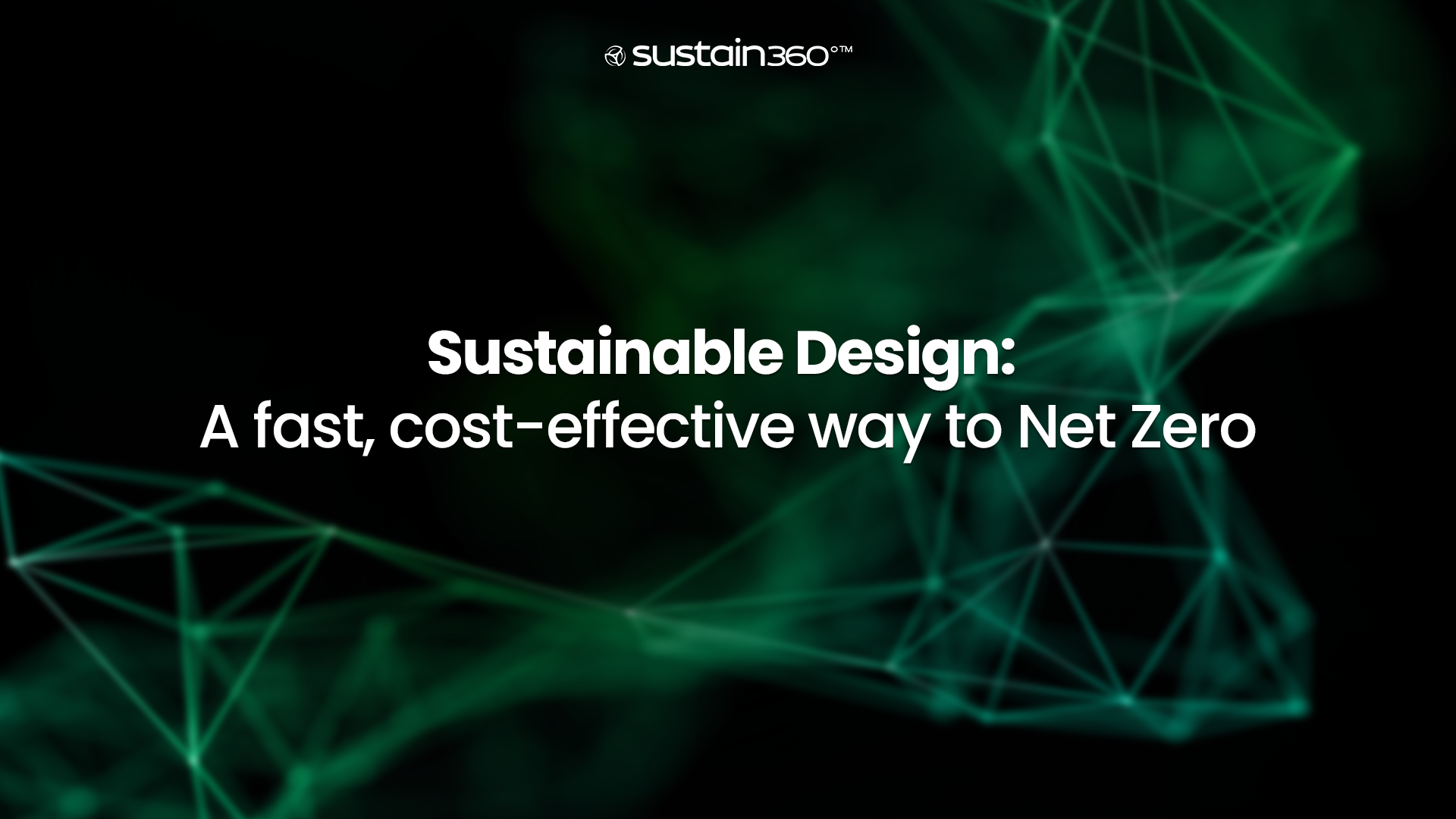“Design is not just what it looks like and feels like. Design is how it works.”
— Steve Jobs
Steve Jobs’ philosophy resonates powerfully in the fight against climate change. Design is not just about aesthetics—it’s a critical tool for solving humanity’s most pressing challenges. Today, climate change is our greatest challenge. In my view, Sustainable Design is as vital to addressing this crisis as renewables, electric vehicles, and carbon capture. However, it offers a distinct advantage: it’s faster, more cost-effective, and directly meets consumer and societal needs now.
The Role of Sustainable Design in Tackling Climate Change
Research underscores the importance of sustainable design. According to the UN’s 2022 Emissions Gap Report, immediate emissions reductions are essential to limiting global temperature rise to 1.5°C. Additionally, studies from institutions like MIT and Cambridge University reveal that over 80% of a product’s environmental impact is determined during the design phase. These early decisions lock in materials, supply chain emissions, and energy requirements that define carbon footprints for years.
By embedding sustainability into the conceptual design stage, organizations can make significant strides toward reducing emissions without waiting for costly infrastructure transformations.
The Climate Challenge of Conceptual Design

While sustainable design holds the potential to drastically reduce emissions, the conceptual design phase—where over 80% of embodied carbon decisions are made—remains one of the least leveraged opportunities in the fight against climate change.
At this early stage, decisions about materials, production methods, and supply chains are set in motion, locking in a product’s carbon footprint for its entire lifecycle. Yet, teams often face significant barriers:
- Lack of Data and Tools: Many designers and engineers operate without access to robust analytics to quantify carbon impacts or evaluate sustainable alternatives.
- Pressure to Prioritize Cost and Time: Traditional priorities like speed-to-market and budget constraints can overshadow sustainability considerations.
- Knowledge Gaps: Engineering teams may lack expertise in identifying opportunities for carbon reduction or incorporating emerging sustainable technologies.
- Siloed Decision-Making: Insufficient collaboration across disciplines—design, procurement, engineering, and sustainability—leads to missed opportunities for holistic, low-carbon solutions.
These challenges mean critical opportunities to reduce emissions are overlooked, forcing companies to rely on more expensive retrofitting or post-production fixes later in the value chain.
However, advanced analytics platforms, such as Sustain360°™ are beginning to fill this gap. By integrating internal and external data, generating actionable insights, and clear sustainability targets into the conceptual design process, teams can rapidly and proactively address carbon challenges and drive meaningful change.
Sustainable Design as a Cost-Effective Antidote to Carbon
The urgency of climate action has been reinforced at global forums like COP28, where leaders have stressed the need for faster, scalable solutions. Sustainable design, powered by advanced analytics, offers a cost-effective antidote to the carbon problem. Unlike renewables or electric vehicles, sustainable design delivers immediate results without the need for major infrastructure investments, making it a critical addition to the fight against climate change.
Take the Next Step
The path to net zero demands bold action. By prioritizing sustainable design now, we can tackle the carbon problem at its source and pave the way for a cleaner, greener future.
Watch how Sustain360°™ is helping organizations make smarter, sustainable design choices today. Scan the QR code or visit https://sustain360.ai/ for a 2-minute video demonstration.





